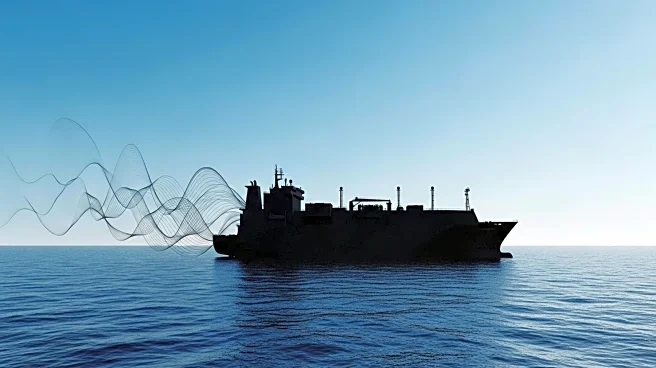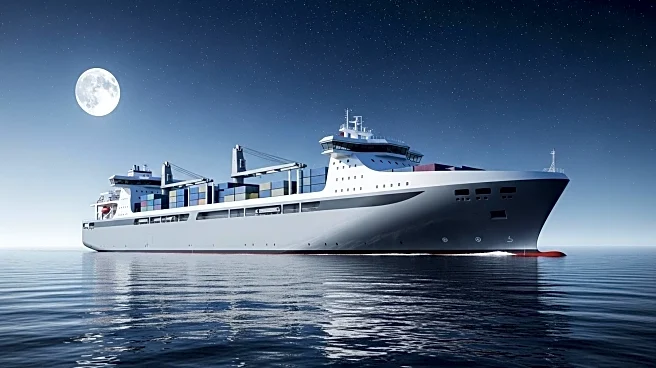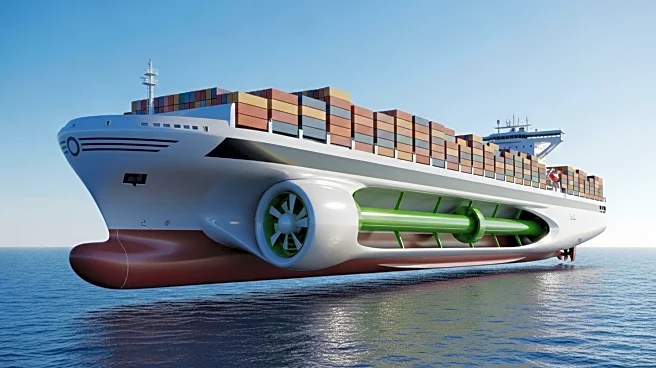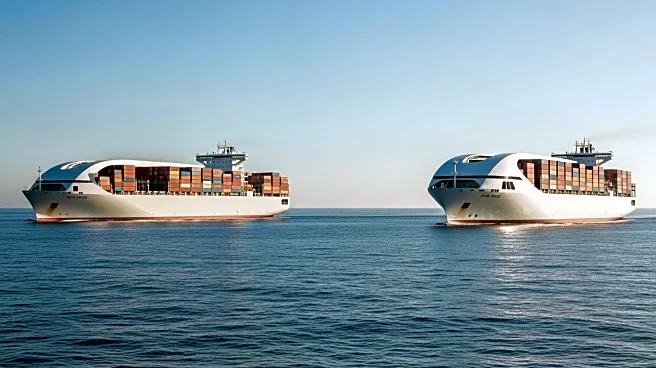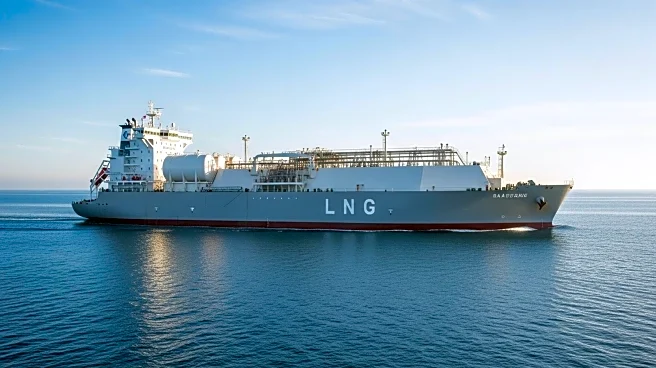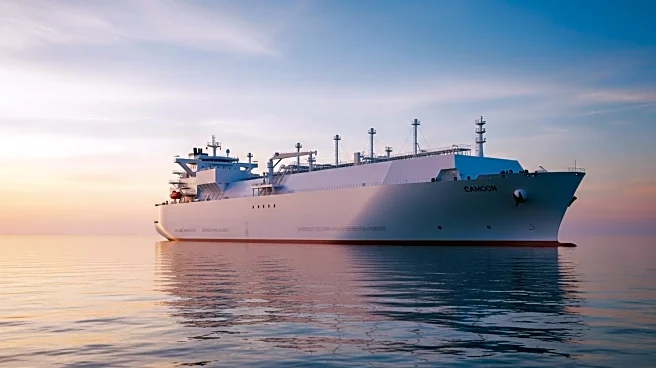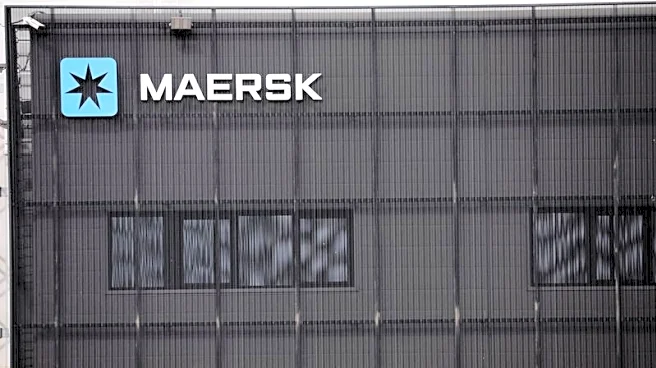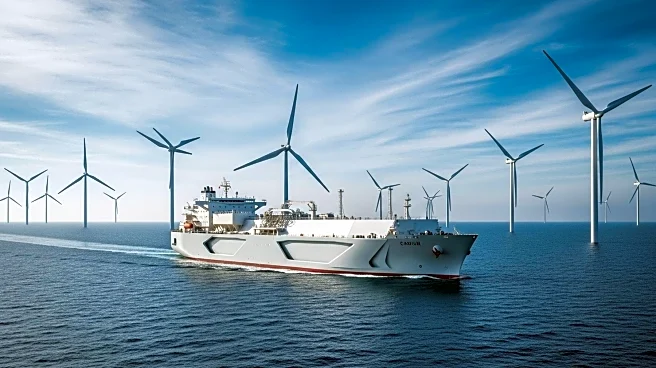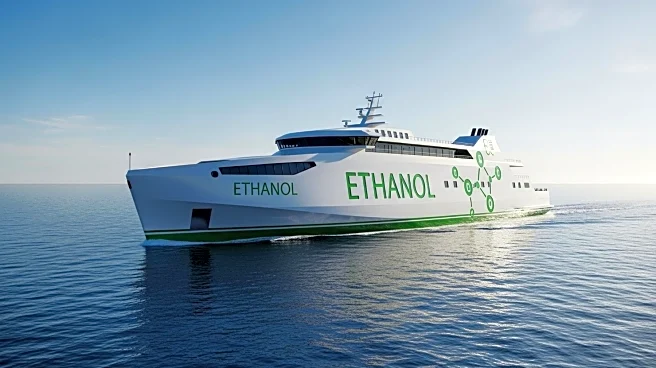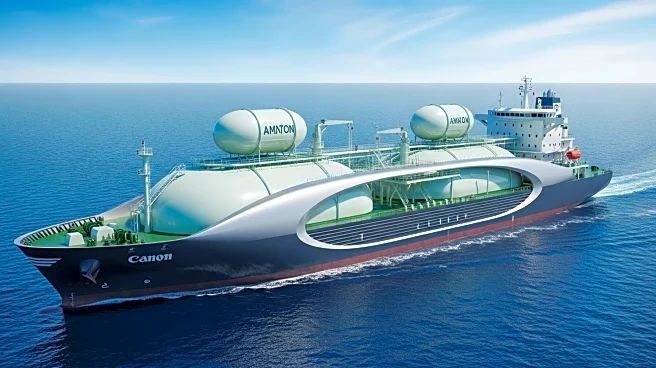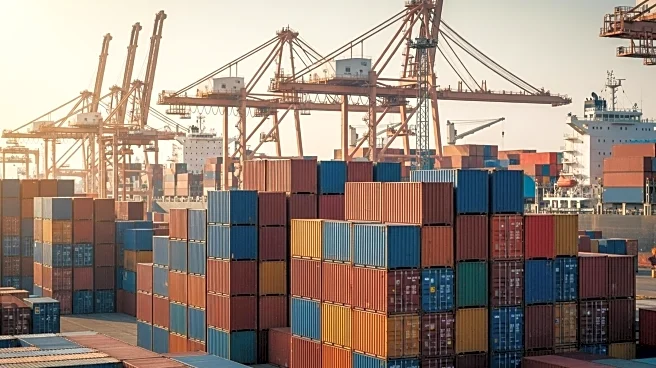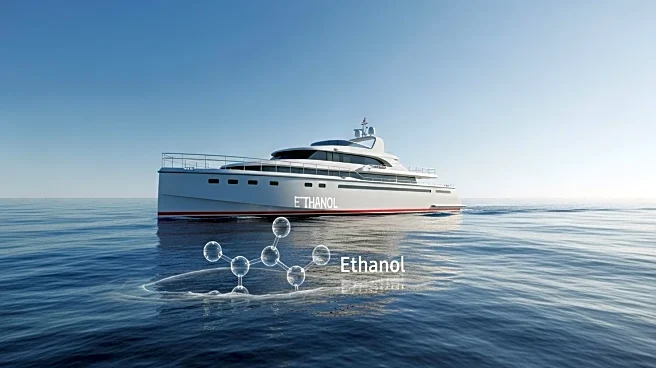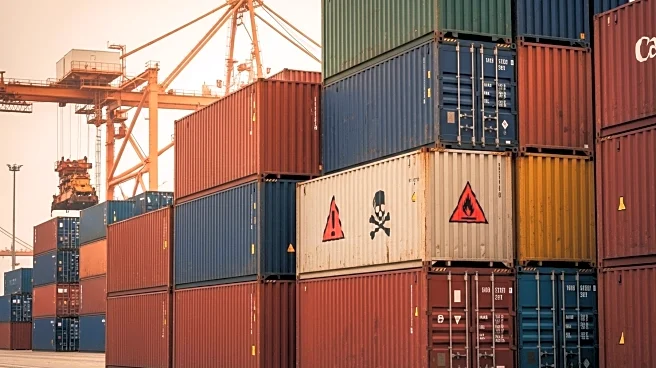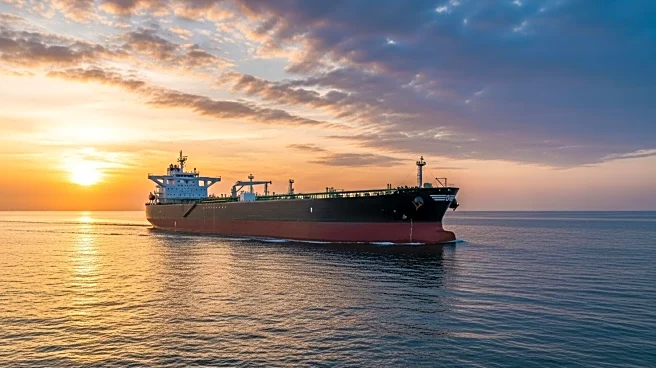What is the story about?
What's Happening?
Rystad Energy has released a comprehensive study on the greenhouse gas emissions from the LNG bunker supply chain, commissioned by SEA-LNG. The study provides detailed analysis of emissions across five key lifecycle stages: upstream, transportation & processing, liquefaction, shipping, and distribution & bunkering operations. The findings reveal significant variability in emissions intensities between regions and cargoes, challenging the use of a single global average for regulatory purposes. The study emphasizes the need for policy makers to incentivize reductions in GHG emissions, particularly in natural gas production and liquefaction.
Why It's Important?
The study's findings are crucial for shaping effective regulations to decarbonize the shipping industry. By highlighting the variability in emissions, the study calls for more nuanced regulatory approaches that reflect real-world data. This could lead to more targeted incentives for reducing emissions in specific stages of the LNG supply chain. As LNG becomes a leading alternative fuel, understanding its lifecycle emissions is essential for guiding investment decisions and achieving net-zero goals. The study underscores the importance of accurate data in developing policies that support sustainable shipping practices.
What's Next?
Policy makers are expected to consider the study's findings in developing regulations for the shipping industry. The focus will likely be on incentivizing emissions reductions in natural gas production and liquefaction. The study may prompt discussions on updating default emissions factors used in regulations. Industry stakeholders, including shipowners and LNG suppliers, will need to collaborate on implementing best practices for emissions reduction. The study's insights could influence future investment decisions and drive innovation in sustainable shipping technologies.
AI Generated Content
Do you find this article useful?
